
Georgia is known for its diverse and beautiful natural landscape, but it’s also home to a variety of poisonous plants that can pose a serious health risk. Whether you’re hiking in the mountains or gardening in your backyard, it’s important to be aware of the common poisonous plants found in Georgia and take proper precautions to avoid exposure. From poison ivy to water hemlock, these plants can cause a range of symptoms, from skin reactions to respiratory issues, and even be life-threatening in severe cases.
In this article, we will explore some of the most common poisonous plants found in Georgia, their symptoms of poisoning, and ways to prevent and treat exposure. By understanding how to identify and avoid these plants, you can enjoy Georgia’s natural beauty safely and with peace of mind.
Common Poisonous Plants in Georgia
Georgia is home to a rich and diverse variety of plant life, but some of these plants can be dangerous and even deadly if not handled properly. Poison ivy, poison oak, and poison sumac are well-known for causing skin rashes and irritation, but there are many other poisonous plants in Georgia that can cause a range of symptoms, from digestive problems to neurological issues. It’s important to be aware of these plants and to take proper precautions to avoid exposure, especially if you enjoy spending time outdoors.
we will explore some of the most common poisonous plants found in Georgia, including their appearance, toxicity, and where they are most commonly found. We will also discuss the symptoms of poisoning and ways to prevent and treat exposure. By learning how to identify these plants and take proper precautions, you can enjoy all that Georgia has to offer while keeping yourself and your loved ones safe.
Poison Ivy
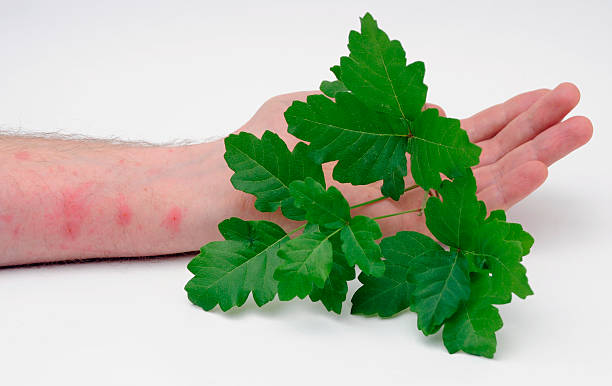
Poison ivy is a common plant found throughout Georgia that can cause a severe skin reaction when touched. The plant’s leaves contain an oil called urushiol, which can cause a red, itchy rash that can blister and spread if not treated properly. It’s important to identify and avoid contact with poison ivy, as even indirect contact with the oil on clothing or pets can lead to a rash.
Poison Oak
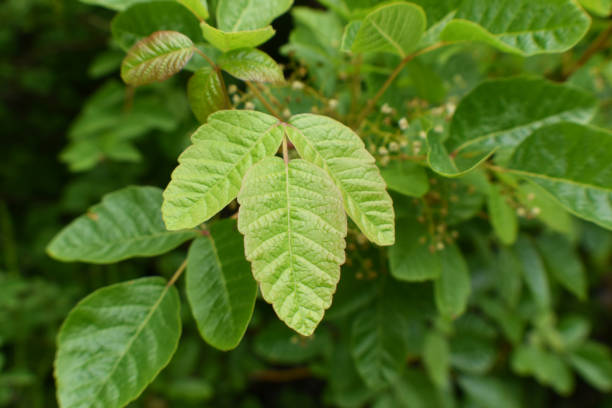
Poison oak is another common plant in Georgia that can cause a skin reaction similar to poison ivy. The leaves of poison oak are shaped like oak leaves and also contain urushiol. The rash caused by poison oak can be more severe and long-lasting than poison ivy.
Poison Sumac

Poison sumac is a less common but still dangerous plant found in wetlands and swamps throughout Georgia. The leaves of poison sumac contain urushiol and can cause a severe skin reaction when touched. The rash caused by poison sumac can be more severe than poison ivy or oak and may require medical attention.
Eastern Poison Ivy
Eastern poison ivy is a more rare but extremely toxic form of poison ivy found in Georgia. It contains a more potent form of urushiol than regular poison ivy and can cause a severe skin reaction that can spread throughout the body. It’s important to avoid contact with Eastern poison ivy at all costs.
Carolina Jessamine

Carolina jessamine is a common ornamental plant found in Georgia that is highly toxic if ingested. The plant contains a toxic substance called gelsemine, which can cause vomiting, seizures, and even death in severe cases. It’s important to keep pets and small children away from Carolina jessamine and to never ingest any part of the plant.
Water Hemlock
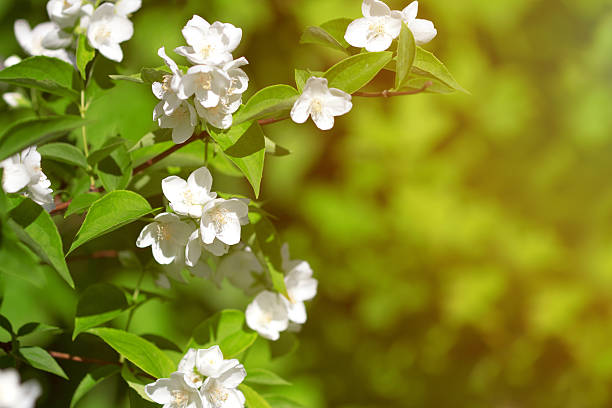
Water hemlock is a highly poisonous plant found in wetlands and near bodies of water throughout Georgia. The plant’s roots contain a toxic substance called cicutoxin, which can cause seizures, respiratory failure, and death. It’s important to avoid contact with water hemlock and to seek medical attention immediately if ingested.
Jimsonweed
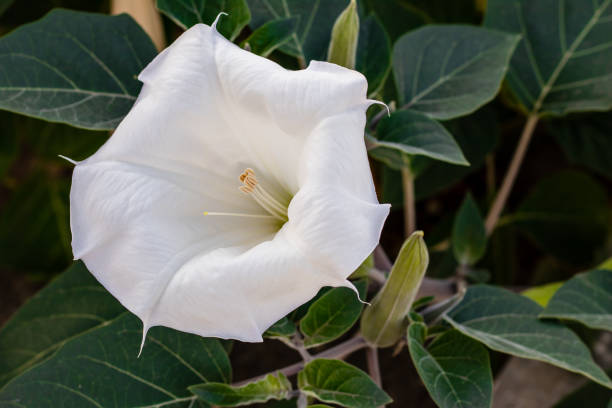
Jimsonweed is a common weed found throughout Georgia that is highly toxic if ingested. The plant contains a toxic substance called hyoscyamine, which can cause hallucinations, delirium, and even death in severe cases. It’s important to keep pets and small children away from jimsonweed and to never ingest any part of the plant.
Foxglove
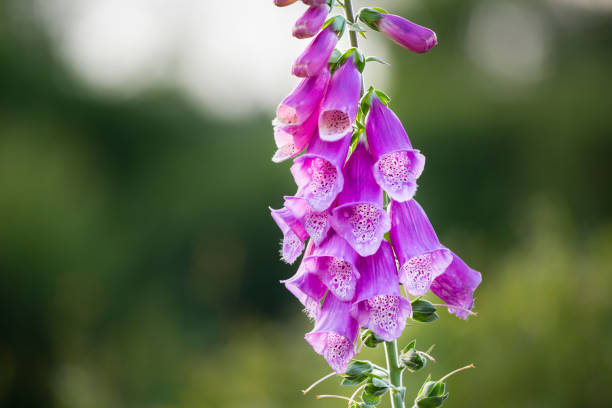
Foxglove is a common ornamental plant found in Georgia that is highly toxic if ingested. The plant contains a toxic substance called digitalis, which can cause irregular heartbeat, seizures, and even death in severe cases. It’s important to keep pets and small children away from foxglove and to never ingest any part of the plant.
Symptoms of Poisoning
Skin Reactions
The most common symptoms of exposure to poisonous plants in Georgia are skin reactions such as redness, itching, and blistering. It’s important to wash the affected area immediately and to seek medical attention if the rash spreads or becomes severe.
Digestive Problems
Ingesting any part of a poisonous plant in Georgia can cause digestive problems such as nausea, vomiting, and diarrhea. It’s important to seek medical attention if you or someone you know ingests a poisonous plant.
Respiratory Issues
Inhaling smoke from burning poisonous plants in Georgia can cause respiratory issues such as coughing, wheezing, and shortness of breath. It’s important to avoid burning any poisonous plants and to seek medical attention if you experience
any respiratory symptoms after exposure to a poisonous plant.
Neurological Symptoms
Some poisonous plants in Georgia can cause neurological symptoms such as dizziness, confusion, and seizures. It’s important to seek medical attention immediately if you or someone you know experiences any neurological symptoms after exposure to a poisonous plant.
Severe Reactions and Emergency Situations
In some cases, exposure to a poisonous plant in Georgia can cause a severe reaction or even be life-threatening. It’s important to seek medical attention immediately if you experience severe symptoms such as difficulty breathing, rapid heartbeat, or loss of consciousness.
Prevention and Treatment
Avoidance Strategies
The best way to prevent exposure to poisonous plants in Georgia is to learn how to identify them and to avoid contact. It’s important to wear protective clothing when working or hiking in areas where poisonous plants are common and to stay on designated trails to minimize contact.
Protective Clothing
Wearing long pants, long sleeves, and gloves can help protect against skin exposure to poisonous plants in Georgia. It’s also important to wash any clothing or gear that may have come into contact with a poisonous plant to prevent further exposure.
First Aid Measures
If you come into contact with a poisonous plant in Georgia, it’s important to wash the affected area with soap and water immediately. Applying a cool compress and taking an antihistamine can also help reduce itching and inflammation. If you experience severe symptoms, seek medical attention immediately.
Medical Treatment Options
In severe cases of exposure to poisonous plants in Georgia, medical treatment may be necessary. Treatment may include prescription medications to reduce symptoms, such as corticosteroids or antihistamines, or even hospitalization in extreme cases.
Conclusion
In conclusion, it’s important to be aware of the common poisonous plants found in Georgia to avoid exposure and prevent severe reactions. Learning how to identify these plants and taking proper precautions, such as wearing protective clothing and staying on designated trails, can help minimize the risk of exposure. If you do come into contact with a poisonous plant, it’s important to seek medical attention if you experience any severe symptoms. With proper prevention and treatment, you can enjoy Georgia’s beautiful natural environment safely.





